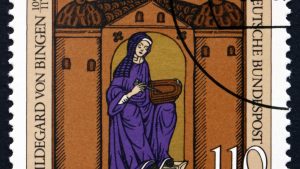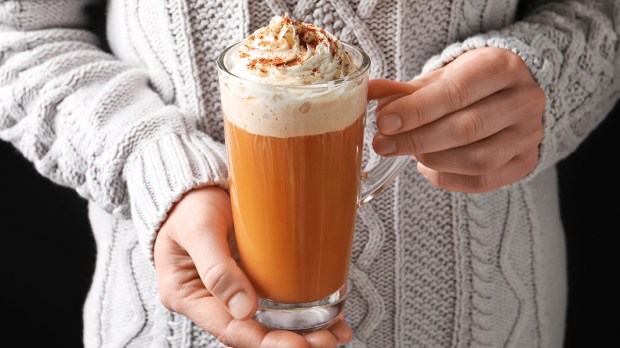Fall is now officially underway, and pumpkin spice flavored cookies, lattes, etc., are quickly becoming ubiquitous. According to a CNBC report by Diamaris Martino, pumpkin spiced products are booming in popularity, and although they are considered a seasonal flavor for the fall, Starbucks debuted its pumpkin spice latte earlier than ever this year: August 27. Why? Because “people just want something very comforting,” according to food scientist Kantha Shelke, quoted by CNBC.
The origins of pumpkin spice everything
Just what is “pumpkin spice,” anyway? According to Martino’s article, it’s a combination of ginger, nutmeg, cinnamon, and allspice, first marketed as a prepared blend in 1934 by McCormick & Company. It was just a way to make it easier for people to buy the spices for pumpkin pie, so the combination wasn’t new. It’s also true that recipes for pumpkin spice vary: many free recipes online cite ginger, nutmeg, and cinnamon, but cloves instead of allspice.
Spices of joy?
Is it really a comforting flavor? Well, pumpkin pie is a Thanksgiving staple, and we use much the same spices for countless Christmas recipes as well, from spiced wine or eggnog to apple pie. Clearly, we do seem to associate them with comforting, warm foods and drinks and joyful occasions: just the sort of thing you want when it’s dark and cold outside. Maybe we could call them “spices of joy.”
Actually, somebody already did: namely, St. Hildegard of Bingen (1098-1179), a Benedictine nun from medieval Germany, who was a mystic, musician, theologian, scientist, and herbalist, among other things, and who was declared a Doctor of the Church by Pope Benedict XVI on October 7, 2012.
French author Géraldine Catta, in a recent book applying St. Hildegard’s herbalistic insights to the modern kitchen (sadly not available in English), says that, for the saint, “joy is an essential reference point, a sure guide on the path to a healthier diet” (quoted in the French edition of Aleteia). St. Hildegard considered a combination of nutmeg, cloves, and cinnamon to be particularly beneficial: “This preparation softens the bitterness of the body and mind, opens the heart, sharpens the blunt senses, makes the soul joyful, and diminishes harmful moods.”
St. Hildegard made me do it
The fact that this combination is still popular today, precisely to warm our hearts when the weather is dark and dreary, seems to confirm her insight, at least anecdotally. So, the next time you need an excuse for having drunk a pumpkin spice latte or eaten another serving of Apple Brown Betty, don’t say “the devil made me do it”; say, “St. Hildegard of Bingen made me do it. She wanted me to be full of joy.”
(Just don’t do it too often. The spices may do you good, but the sugar that usually accompanies them probably won’t.)

Read more:
Hildegard of Bingen: A mystic and musician ahead of her time

Read more:
9 Natural remedies for melancholy and anger from a 9th century German nun

